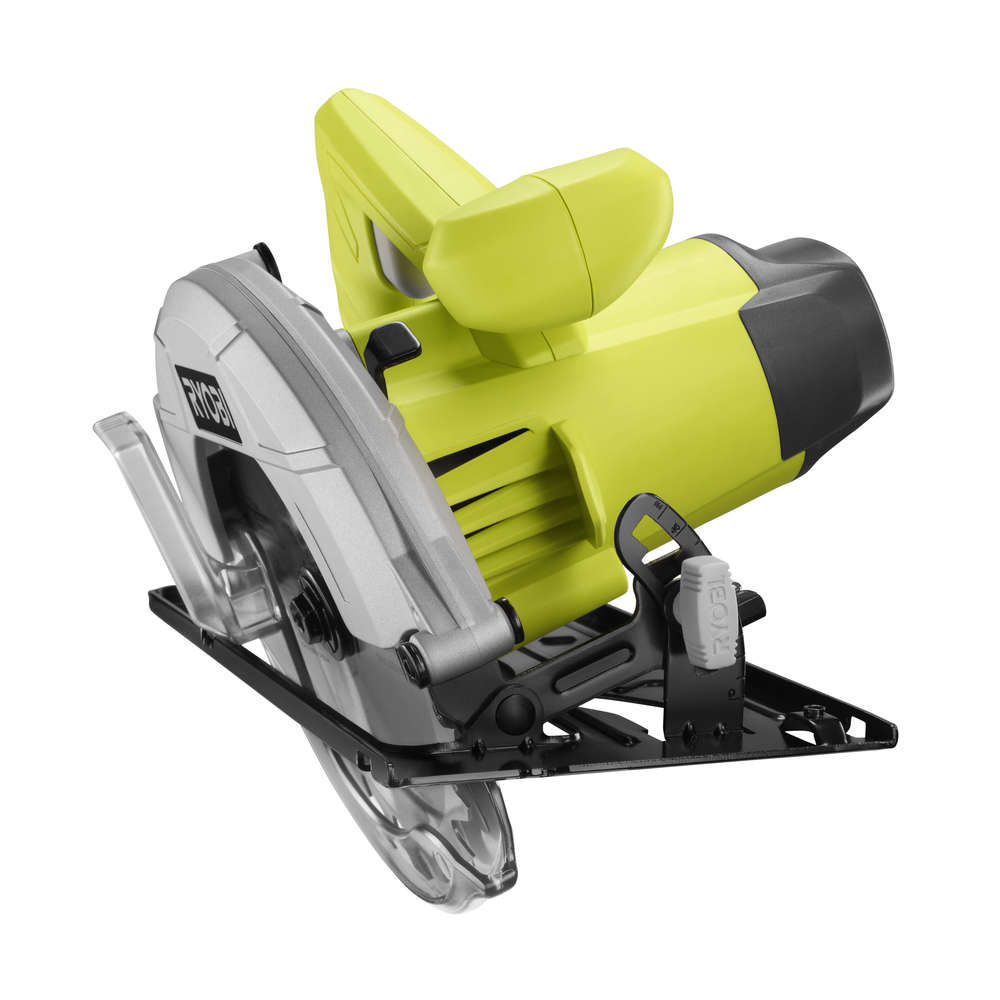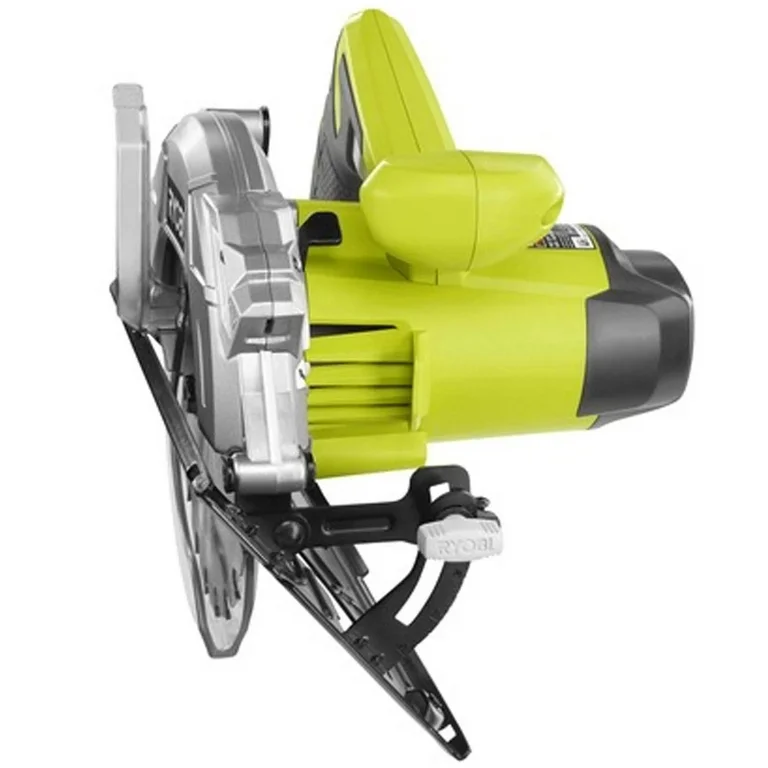
The Essential Guide to Different Types of Saws
Introduction: The Cutting Edge of Woodworking
Saws play a crucial role in woodworking and construction. These versatile tools come in various shapes and sizes, each designed for specific cutting tasks. From the humble hand saw to sophisticated power tools, saws have evolved to meet the diverse needs of craftsmen and DIY enthusiasts alike. This comprehensive guide explores the world of saws, highlighting their unique features and applications. By understanding the different types of saws available, woodworkers can choose the right tool for any project, ensuring precise cuts and professional results. Moreover, knowing how to use each saw properly enhances safety and efficiency in the workshop. Therefore, let’s dive into the fascinating world of saws and discover the perfect cutting companion for every job.

The Trusty Hand Saw: A Classic Choice
Hand saws remain a popular choice for many woodworkers despite the rise of power tools. These manual saws offer precision and control, making them ideal for delicate cutting tasks. The most common type of hand saw is the crosscut saw, designed for cutting across the grain of wood. Its sharp teeth easily slice through fibers, creating clean, straight cuts. On the other hand, rip saws feature teeth angled to cut along the grain, perfect for splitting boards lengthwise.
Additionally, backsaw, a specialized hand saw with a reinforced upper edge, provides extra stability for fine joinery work. Furthermore, Japanese pull saws have gained popularity in recent years due to their thin, flexible blades that cut on the pull stroke, offering exceptional accuracy. Ultimately, hand saws prove invaluable for tasks that require a gentle touch or when working in areas without power access. Their simplicity and reliability make them a staple in any woodworker’s toolkit.
Circular Saws: Powering Through Projects
Circular saws revolutionized the woodworking industry with their speed and versatility. These power tools feature a round blade that rotates at high speeds, making quick work of various cutting tasks. Handheld circular saws offer portability and maneuverability, allowing users to make straight cuts in large sheets of plywood or lumber with ease. Meanwhile, table-mounted circular saws provide a stable platform for precise cuts, especially when working with smaller pieces.
Circular saws come in different sizes, with blade diameters ranging from 5 1/2 inches to 12 inches, catering to various cutting depths. Additionally, specialized blades can be fitted to cut materials like metal, plastic, or masonry. One notable advantage of circular saws is their ability to make bevel cuts by adjusting the blade angle. This feature proves particularly useful for creating angled edges or miter joints. However, users should always prioritize safety when operating these powerful tools, wearing appropriate protective gear and following manufacturer guidelines.

Jigsaws: Mastering Curves and Intricate Cuts
Jigsaws excel at creating curved and intricate cuts, making them indispensable for detailed woodworking projects. These versatile power tools use a reciprocating blade to cut through various materials, including wood, plastic, and thin metal sheets. The narrow blade of a jigsaw allows for tight turns and complex shapes, perfect for crafting decorative elements or cutting out patterns. Moreover, jigsaws can make straight cuts and even beveled edges by adjusting the base plate.
One significant advantage of jigsaws is their ability to make plunge cuts, starting a cut in the middle of a workpiece without drilling a pilot hole. This feature proves invaluable for creating interior cutouts or working on existing structures. Additionally, many modern jigsaws offer variable speed settings, allowing users to adjust the cutting speed based on the material and desired finish. While jigsaws may not be as fast as circular saws for long, straight cuts, their unparalleled versatility in creating curved and intricate shapes makes them a must-have tool for any woodworker.
Reciprocating Saws: Demolition and Remodeling Powerhouses
Reciprocating saws, often called “recipro saws” or “sawzalls,” are the go-to tools for demolition and remodeling projects. These powerful saws feature a long, straight blade that moves back and forth rapidly, allowing users to cut through various materials, including wood, metal, plastic, and even nails. The design of reciprocating saws makes them ideal for working in tight spaces or awkward angles where other saws might struggle. Moreover, their ability to cut flush against surfaces proves invaluable when removing old fixtures or trimming protruding elements.
Reciprocating saws come in corded and cordless versions, offering flexibility for different job site requirements. Additionally, a wide range of specialized blades are available, each optimized for specific materials or cutting tasks. While reciprocating saws may not provide the precision of other saw types, their raw power and versatility make them indispensable for rough cutting and demolition work. However, users should exercise caution when operating these tools, as their aggressive cutting action can cause kickback or material instability.

Miter Saws: Precision Angled Cuts Made Easy
Miter saws excel at making precise angled cuts, making them essential for trim work, framing, and other projects requiring accurate miter or bevel cuts. These specialized power tools feature a circular saw blade mounted on a swinging arm, allowing users to make controlled cuts at various angles. Standard miter saws can pivot left and right for angled cuts, while compound miter saws also tilt for bevel cuts.
Furthermore, sliding compound miter saws add a sliding mechanism, increasing the cutting capacity for wider boards. One of the main advantages of miter saws is their ability to make repeatable cuts quickly and accurately. This feature proves particularly useful when cutting multiple pieces to the same length or angle, such as when installing crown molding or baseboards. Additionally, many miter saws come with laser guides or LED lights to enhance cutting accuracy. While primarily designed for wood, miter saws can also cut other materials like plastic or aluminum with the appropriate blade. However, users should always ensure proper blade selection and follow safety guidelines when operating these powerful tools.
Table Saws: The Workshop Workhorse
Table saws serve as the centerpiece of many woodworking shops, offering unmatched versatility and precision for a wide range of cutting tasks. These powerful tools consist of a circular saw blade protruding through a flat table surface, allowing users to feed material into the blade for straight, accurate cuts. Table saws excel at rip cuts (cutting along the grain) and cross cuts (cutting across the grain) on various wood types and thicknesses. One of the key advantages of table saws is their ability to make repeatable cuts with high accuracy, thanks to adjustable fences and miter gauges.
Additionally, many table saws feature tilting blades for bevel cuts, expanding their capabilities even further. Table saws come in different sizes and configurations, from portable jobsite models to large, stationary cabinet saws. Furthermore, specialized blades and accessories can be added to enhance the saw’s functionality, such as dado blades for cutting grooves or zero-clearance inserts for cleaner cuts. While table saws offer exceptional versatility, users must prioritize safety, using push sticks, blade guards, and proper techniques to prevent accidents.
Band Saw: Curving Cuts and Resawing Mastery
Band saws stand out for their ability to make smooth curved cuts and resaw thick lumber into thinner pieces. These versatile tools use a continuous loop of toothed metal blade stretched between two or more wheels to cut through wood and other materials. The design of band saws allows for intricate curved cuts that would be difficult or impossible with other saw types. Moreover, their tall cutting capacity makes them ideal for resawing, the process of cutting boards into thinner slices.
Band saw come in various sizes, from small benchtop models to large floor-standing units, catering to different workshop needs. One significant advantage of band saw is their ability to cut thick materials with minimal waste, thanks to their thin blades. Additionally, band saws can make straight cuts and even rip cuts, although they may not be as efficient as table saws for these tasks. While primarily used for woodworking, band saw can also cut metals and plastics with the appropriate blade. However, users should always follow proper safety procedures and maintain the saw regularly to ensure optimal performance and longevity.

Scroll Saw: Intricate Designs and Delicate Work
Scroll saw excel at creating intricate, detailed cuts in thin materials, making them indispensable for crafting decorative pieces and delicate woodworking projects. These specialized saw use a thin, reciprocating blade that moves up and down rapidly, allowing for precise control and tight turns. Scroll saws are particularly well-suited for cutting intricate patterns, letters, and designs in wood, plastic, or thin metal sheets. One of the key advantages of scroll saw is their ability to make interior cuts by threading the blade through a small, pre-drilled hole in the workpiece.
This feature allows craftsmen to create complex cutouts and openwork designs with ease. Additionally, many scroll saw offer variable speed settings. Enabling users to adjust the cutting speed based on the material and intricacy of the design. While scroll saw may not be as versatile as some other saw types for general woodworking tasks. Their unparalleled precision in creating detailed cuts makes them invaluable for specific projects. Furthermore, the relatively quiet operation and minimal dust production of scroll saws make them ideal for indoor use or in shared workshop spaces.
Conclusion: Choosing the Right Saw for Every Job
The world of saw offers a diverse array of tools, each designed to excel at specific cutting tasks. From the simplicity of hand saw to the power and precision of table saw. Woodworkers have access to an impressive range of cutting options. Understanding the strengths and limitations of each saw type enables craftsmen to choose the right tool for any project. Ensuring efficient work and professional results. Moreover, investing in quality saw and maintaining them properly can significantly enhance the woodworking experience. Leading to better outcomes and increased satisfaction. As technology continues to advance, new saw designs and features emerge, further expanding the possibilities for woodworking enthusiasts. However, regardless of the tool’s sophistication, proper technique and safety practices remain crucial. By mastering the use of different saw and respecting their power, woodworkers can unlock new levels of creativity and craftsmanship in their projects.

